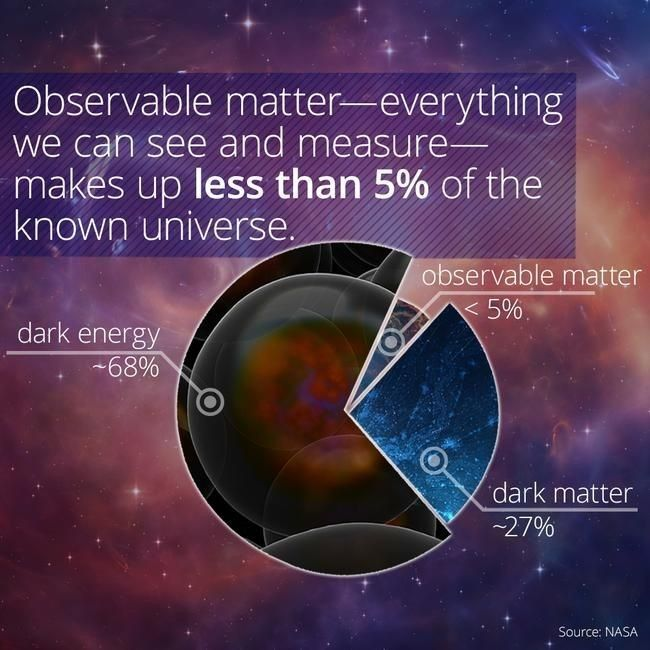The fast shrinking of a black hole is what causes its strong gravitational field.
All black holes are losing their mass. When black hole masses decrease, they shrink. And that shrinking causes low electromagnetic or quantum pressure around that vaporizing object. Vaporization means that an object turns into an electromagnetic wave. And then other quantum fields are trying to fill that area that the shrinking black hole leaves behind it. The fast shrinking of a black hole is what causes its strong gravitational field.
A black hole, or its event horizon, is a ball-shaped gravitational lens. That thing focuses all radiation, including gravitation, in the middle of it. And if that is true, Gravitational waves are reflections from the center of the black hole. If we think that the Higgs boson is the thing that gives mass to objects, we can use that model to explain why the gravitational field of a black hole is so powerful. If the radiation that decreases the mass of the black hole is coming from vaporizing Higgs bosons, that explains the power of the black hole's gravitational field.
When a black hole vaporizes or loses its mass, there is an electromagnetic or quantum low pressure around it. All quantum fields are trying to fill that low pressure. And that flow is what we know as gravitation. Black holes are actually ordinary objects whose gravitational field is extremely strong. And if the vaporization of the black hole or decreasing of its size forms the gravitation, that model can be applied to all other gravitational centers, like planets. The reason why the gravitational field around planets is not as strong as around black holes is that their particle sizes decrease slower than in black holes.
A black hole or its event horizon is a ball-shaped gravitational lens. That thing focuses all radiation including gravitation in the middle of it. And if that is true. Gravitational waves are reflections from the center of the black hole.
What is a black hole? We can say that the black hole is the ball-shaped lens that focuses all radiation in the middle of it. And then that thing causes reflection from the center of the black hole. If the black hole also focuses gravitational radiation or gravitational wave movement, that explains the gravitational waves that are coming out of it. In that case, the gravitational waves are reflections from the center of the black hole.
When gravitational waves fall into the black hole, they collect around the singularity. The outgoing gravitational radiation turns that wave's energy level higher and higher until energy starts to travel out from the black hole. There is a possibility that a singularity that spins extremely fast also aims gravitational waves at its poles and sends gravitational peaks, gravitational tornadoes, or "wormholes" across the universe.
*****************************************************************
"Researchers have confirmed a fundamental assumption in physics with unprecedented accuracy — that the various properties of mass, such as weight, inertia, and gravitation, are always equivalent, regardless of the specific composition of the mass involved. This reinforces the equivalence principle, essential to Einstein’s theory of relativity, and addresses a critical point of divergence between classical and quantum physics." (ScitechDaily.com/Gravity Still Holds: Einstein’s Relativity Theory Stands Strong After Quantum Challenge)
Light cone in 2D space plus a time dimension.(Wikipedia/Light Cone): Does the gravitational focus turn the gravitational waves upside down to their mirror waves?
*****************************************************************
Can the event horizon turn gravitational waves upside down? And could that effect also happen in the focus of the other gravitational lenses? The idea is that the gravitational lens acts like an optical lens. There is a focus, and if we were looking at the image through the optical lens behind the focus, we would see the image upside down.
In some models, gravitation turns the other way inside the black hole. The idea is taken from the famous "light cone". The idea is this: When gravitational waves travel across the point where the gravitational field turns so strong that escalating velocity crosses the speed of light, that thing also affects gravitational waves and the form of gravitation. So if we think that the event horizon is a focus that unites gravitational waves like a lens unites light waves, the event horizon turns the gravitational waves upside down, just like the lens makes an image that is upside down if we are looking through it behind the focus.
The quantum challenge cannot shake Einstein's Theory of Relativity and its position in the world of science. The fact is that quantum theories are not yet complete because we cannot know the essence of matter. Without knowing the entire system, it is impossible to make models of it. The quantum systems are the entirety of wave movement and particles. Each fundamental force is the wave movement. And there is a distance where each force is dominant. A strong nuclear force is a force that has effects only over a short distance. That force is the interaction between gluons and quarks.
Gravitation is the weakest of all forces. But it interacts across long distances. The strong nuclear force can also travel long distances, but the wavelength is so short and the transmitting particle of that force is so small that there is no visible strong nuclear force interaction over long distances. So if there is some kind of long, strong nuclear force's distance interaction across protons and neutrons, we cannot see that interaction because the other three fundamental forces are coming from larger particles, and those nuclear forces' wave movement forms are easier to detect.
There is a possibility that the Higgs boson is normally between gluons and quarks. Or maybe that boson is inside each particle. Nobody knows if that particle is the Higgs boson or if there is some kind of other particle called "top" or "god". When those particles are vaporizing, that thing forms electromagnetic or quantum low pressure.
And the quantum fields around atoms are pushing them lighter. The reason for that is that the size of atoms and particles decreases. In the young universe, the size of particles was larger than it is now. The reason for that is cosmic inflation. The expansion of the universe causes the quantum fields around atoms and subatomic particles to weaken. And that causes an effect where energy travels out from particles.
https://scitechdaily.com/gravity-still-holds-einsteins-relativity-theory-stands-strong-after-quantum-challenge/?expand_article=1
































